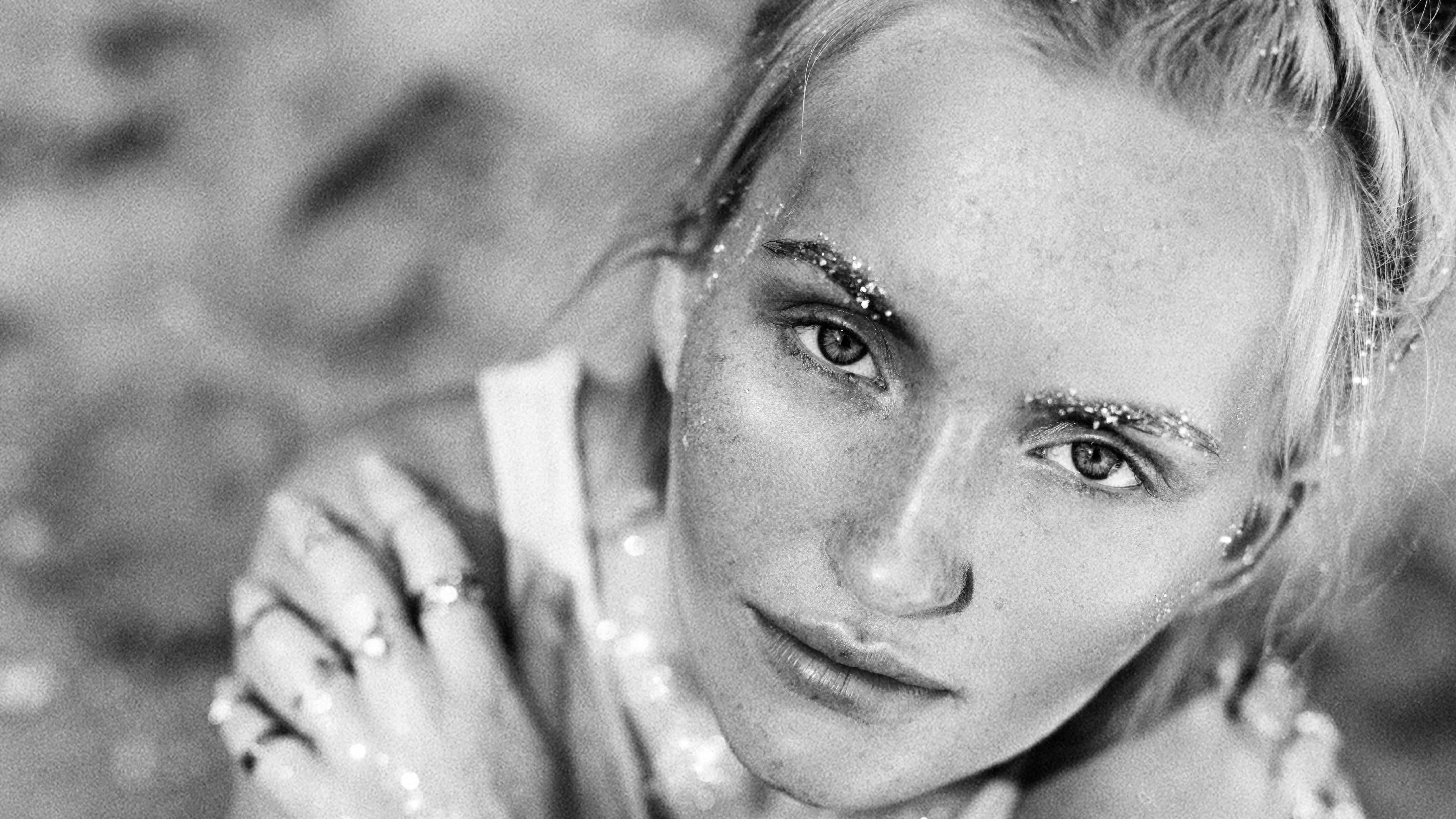Fair or not, the human species places much emphasis on physical appearance and being attractive.
Scientists argue that the survival of our species is highly dependent on physical attraction. So, that makes sense. Physical attraction means courting, which eventually leads to a becoming intimate. And of course, after love and marriage will often come the baby carriage.
In other words, it’s in the genes.
In this article, we’re going to discuss what some researchers state makes one more attractive to the opposite sex. But please allow for a few words of caution beforehand.
First of all, attractiveness studies are extremely fickle.
This probably speaks to the wide preference range of traits in humans with regards to their potential mates. Nevertheless, no attractiveness study is going to apply to everyone. In fact, it won’t even apply to most people.
Second, anytime an attractiveness study is the topic of discussion, there’s a risk. Some may take what we report the wrong way. Please understand that this is for entertainment purposes only. Seriously.
So with that being said, let’s get into what researchers say makes you more attractive. We’ll wrap things up by challenging the popular notion that “opposites attract.”
13 Things That Make You More Attractive
Be kind
In a study published in the journal Personality and Individual Differences, researchers from China placed 120 participants (60 males and 60 females) into three groups of 40.
In the first part of the study, the research team then had the participants rate 60 facial images on attractiveness. After two weeks, the participants rated the images again. However, this time with “positive, negative, or [neutral] personality information.”
Researchers found that subsequent exposure to facial images with positive expressions was rated “significantly” higher.
Dress in red
In a study published in the Journal of Experimental Social Psychology, researchers found a strong link between females wearing red and perceived attractiveness. The highlights from the study:
– Men see women in red as sexually receptive.
– Sexual receptivity is viewed as attractive.
– Perceived sexual receptivity explains the red-attraction link.
Be yourself
In a study published in the Proceedings of the National Academy of Sciences (PNAS), a research team from Germany measured the importance of emotional transparency in perceived attractiveness.
To do so, the research team had participants watch people express a wide range of emotions. The better the participants were able to “read” the actors emotions, the higher they rated the actor on attractiveness.
While each participant rated their level of attractiveness, researchers simultaneously measured their brain activity. Brain images showed a spike in activity in the reward circuit, the area tied to the social attraction.
Go au naturale
The global cosmetic product market was valued at over a half of a trillion dollars in 2017. That’s insane.
Unfortunately for women who splurged on the latest L’Oréal or Maybelline blush, men don’t care for makeup that much. According to a study published in The Quarterly Journal of Experimental Psychology, women “overestimate the preferences of men” concerning how attractive men find makeup.
Don’t shave
How many times have we heard that women preferred clean-shaven, baby-faced men? Here’s yet another very common mix-up.
In a study published in the journal Personality and Individual Differences, researchers presented 60 women with 15 male faces. The pictures showed a combination of clean-shaven, light stubble, heavy stubble, light beard, and full beard facial hairstyles. The participants rated males with light stubble “to be the most attractive … [and] preferred for short- and long-term relationships.
The women perceived men with full beards as the most masculine and mature. And, they rated men with a light beard the highest.
Get a dog
It should be no surprise that 22 percent of men who own a pet used it to attract a mate. But wait, there’s more.
In a 2008 study led by a French research team, women were three times more likely to give their phone number to a man with a dog. Researchers had the young Frenchman approach 240 women and ask them for their phone numbers.
When alone, just 10 percent gave ‘Antoine’ their digits. When accompanied by a small dog, that number jumped to 30 percent.
Have a sense of humor
Nobody likes a stiff, especially in a mate. Both sexes rate a good sense of humor as a desirable quality in a partner. Women want a partner who can make them laugh, and men want a partner who laughs at their jokes.
Of course, this makes sense rom an evolutionary perspective. Producing humor requires cognitive skills like creativity and general intelligence. And such traits are heritable and provide genetic benefits to offspring.
Clean up nice
Pretty basic, right? Proper grooming skills shows self-care skills and, well, self-respect. According to a study published in the journal Current Psychology, the most attractive features all fall under the ‘self-care’ umbrella. These include clean hair, good grooming, good posture, healthy weight, and good-fitting, quality clothing.
Evolution may play a role here as well. That’s because grooming skills and self-care habits demonstrate an ability and willingness to prioritize one’s health and wellbeing.
Show some curves
Many women seem to think that men like skinny.
Not if a study published in the journal Archives of Sexual Behavior proves true. In the research study, scientists recruited 40 men and requested they rate the most attractive silhouettes. Each man viewed 26 images ranging in the weight-to-hip ratio (WHR) from .6 to .85.
Crunching the numbers, the team found that participants rated a .7 WHR the most attractive. Besides this, multiple studies have confirmed this number to correlate the highest with perceived female attractiveness.
Smile more (if you’re a woman!)
In an interesting study out of the University of British Columbia, women who smile were rated as more attractive. The same did not hold true for me, however. The reason? Expressions of happiness are associated with femininity, not masculinity. (Okay?)
And according to evolutionary biologists, smiling in females is a primordial sign of sexual receptivity and openness. Or, perhaps they’re just friendly?
Ease up
“Stress isn’t sexy,” so says a study published in the journal Biology Letters. Prior studies, the research team states, have demonstrably shown that men who appear stressed are rated less attractive. Possibly because of stress’ effects on the immune system, which can impact testosterone levels.
In the 2013 study, researchers showed a group of Latvian men multiple images of female faces. They then rated the woman’s attractiveness. The team found a direct correlation between lower attractiveness ratings and circulating levels of the stress hormone, cortisol.
Speak with a higher pitch (if you’re a woman); lower if you’re a man
A research team from the U.K. suggests that males associate a higher-pitched voice in women to smaller body size. In women, that’s a perceived sexually desirable trait. Conversely, in men, a lower-pitched voice signifies a perceived larger body size, an evolutionarily advantageous characteristic.
So, the pitch of voice, as well as body size, are “gender dimorphic” traits. Moreover, both sexes tend to seek out the opposing trait in the other gender.
Have friends
In a study published in the journal Psychological Science, people tend to be perceived as more attractive in a group setting than alone. The University of California, San Diego research team state that observers “average out” the facial features of people in a group. In this case, averaging out is a good thing.
“Average faces are more attractive,” says psychological scientist and co-author, Drew Walker, “likely due to the averaging out of unattractive idiosyncrasies.”
Final Thoughts: “Opposites attract”
If you require any further evidence that attractiveness research is inconsistent at best, consider the whole “opposites attract” thing. For years, so-called dating and relationship ‘experts’ insisted that this rule was infallible.
Uh, yeah, about that.
In a massive 20,000-person study that tested for environmental factors on mate choice, a research team from Australia and the U.S. found the exact opposite to be true.
Among the traits analyzed were age, body mass index, height, income, personality, social attitudes, and religiosity/spirituality. According to the research team, “One pervasive finding is that romantic partners are similar to each other.”
Of all of the traits analyzed, they discovered moderate to high traits correlations between partners on age, education, general intelligence, physical attractiveness, religiosity/spirituality, and social attitudes.
Additionally, three traits – height, personality traits, and weight – had a weak correlation.
This study – and many others – speak to just how much we can claim to know about dating/mating preferences. Which is to say less than we thought.


















